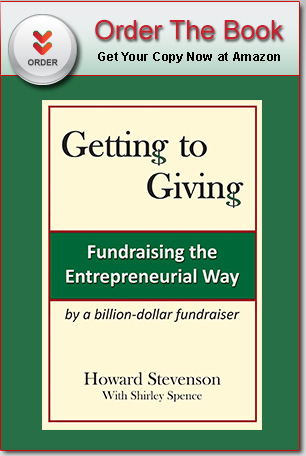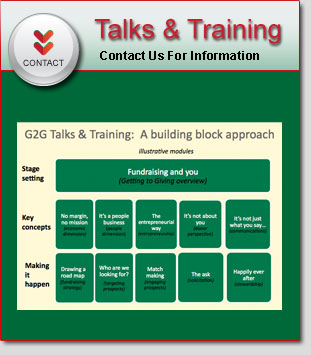What has your experience been with women’s philanthropy?
That one gives me pause, because it has been all over the lot.
One thing that I can say for sure is that women have always been generous with their time but have become increasingly involved in the money aspects of philanthropy, as their economic clout and financial sophistication have grown.
I will venture to make some additional personal observations, but with the caveats that each varies by woman philanthropist and applies to men as well. Here goes:
- Some women who have achieved career and financial success in the private sector are opting to devote their time, talents and networks to the nonprofit sector, with the aim of making a significant impact on causes important to them. Example: Joanna Jacobson, former marketing executive and founder/managing partner of Strategic Grant Partners, a consortium of philanthropists supporting game changing ideas that improve the lives of struggling individuals and families.
- Women really dig into the impact on beneficiaries, wanting demonstrable evidence of change on a “business” level (quantitative measures) and personal level (meeting beneficiaries, witnessing change). Example: SummerSearch (where my wife Fredi sits on the board), which has developed longitudinal success metrics and makes sure that donors get to know the children involved in the program.
- Relatedly, privileged families use these opportunities to sensitize their children to the challenges faced by many people in the U.S. and worldwide, educate them about the importance and power of philanthropy, and instill a spirit of giving. Example: a family friend who regularly takes her kids to Rwanda, where the family has invested many millions of dollars to alleviate poverty.
- Women seem to be leading the trend towards “Don’t talk to me about endowments.” There is less blind faith in institutions and their ability to remain meaningful for perpetuity. Example: For a public media station, where technological advances are rapid and game-changing, favoring a ten-year annual gift over an endowment gift. The logic: if the organization can demonstrate success over that time frame, it will have no trouble raising any additional funding required.
More interesting than my observations, perhaps, is the considerable amount of research on and support offered to women’s philanthropy in recent years. The Center on Philanthropy at Indiana University has established a Women’s Philanthropy. New Ventures in Philanthropy has published A Plan (of One’s Own): A Woman’s Guide to Philanthropy.
One research nugget that I found especially interesting was about generational differences in women’s giving, stemming from age and social influences.[1]
- “Mature” women (born prior to 1931) may not have ever brought home a paycheck. They may feel a responsibility to give all their money to their children and/or continue to support their husband’s causes.
- Women in the 1931-1945 generation may share those views but also may have attended college and worked outside the home. They tend to be wary of money and power, and tend to give to traditional women’s causes.
- Baby Boomers (born between 1946 and 1964) are more likely to earn a paycheck, make financial decisions, and demand accountability from the organizations they support.
- Women born after 1964 are more likely to be financially independent, and tend to resist a separate focus on women.
Something to remember, as you work with prospects and donors. But always remembering that for every rule, they are exceptions. The key – with women or men – is to get to know them as individuals.
[1] Andrea Kaminski, “No Longer Invisible: The Emerging Role of Women as Philanthropist,” Connections (The Association of Professional Researchers for Advancement), Spring 2001.



